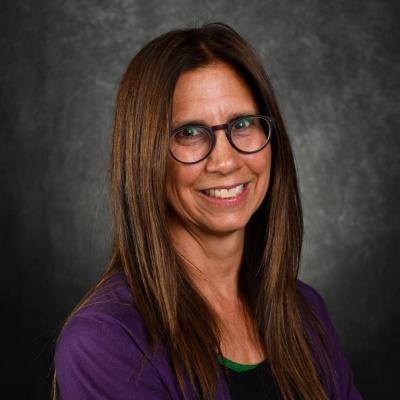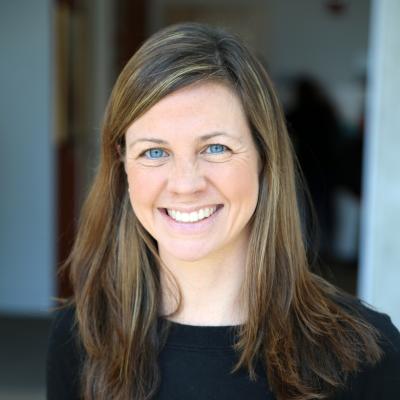Childcare is unaffordable for many working parents and paying full price for childcare is even more difficult for parents working low-income jobs. Childcare subsidies exist to help low-income working parents afford childcare, but accessing those benefits is complicated and difficult. Stability and routine are important for children, but families can lose access to subsidized childcare because of all the red tape involved in keeping the subsidy, potentially leaving their children with unstable access to childcare.
This is a problem that we’ve known about for a long time. Pre-COVID, federal guidelines provided suggestions to make systems more family friendly in order to stabilize benefits. We studied a unique approach in depth for four years: results are mixed, but promising. Since the start of the pandemic, it’s even more important that we think about how to reduce administrative burden, given the disruption to the safety net system in general and the childcare system in particular.
Fixing systems needs a regional approach
What we studied: Does lessening administrative burden make it easier for families to keep childcare subsidies? We examined one type of administrative burden: the eligibility screening required to keep benefits. The innovation: locating eligibility screening at the childcare provider rather than the human services office. The idea is that if parents can submit paperwork at child care providers, where they go regularly and are familiar with the staff, the process will be more convenient and reduce travel time. In Massachusetts, the state we studied, the participating providers are those that have the administrative capacity to conduct screenings—collect documents and paperwork required to verify a family’s eligibility—generally not smaller centers or home-based providers.
The finding: Moving eligibility screening from regional centers to the providers helps, but only in the service regions where there is a large supply of childcare providers that have the capacity to take on the additional administrative work. These are generally in regions with the highest caseloads and in geographically large regions with less transportation infrastructure. The volume of clients can overwhelm the regional human service agencies that process benefits and the alternative of reassessing eligibility at childcare providers can lessen burden. As one child care provider explained, “It’s very frustrating for parents. The parents will make phone call after phone call [to the agency]. No one…will answer the phone. They are so understaffed. They’re doing the best they can.”
In regions with lower caseload volume, service agency staff can have more time to interact with clients, therefore, changing location for eligibility reassessment from service agencies to providers did not make it any easier for parents to maintain childcare benefits for their children. This means that fixing statewide administrative systems requires taking a regional approach that accounts for differences in the density of childcare providers, the availability of public transportation and the variation in the capacity of human service agencies to process applications quickly and efficiently.
It’s time to strengthen human services
COVID 19 spotlights the cracks in the American safety net. No one likes to imagine that they will ever need help, but when they do, systems need to be resourced and responsive to people’s needs and not burdensome. This crisis provides an opportunity to rethink and reinvest in our service systems to make them more user friendly. Our research points to concrete steps that can be taken to reduce the administrative burden facing families who need support to ensure that their children have what all children need: stable, reliable childcare.




